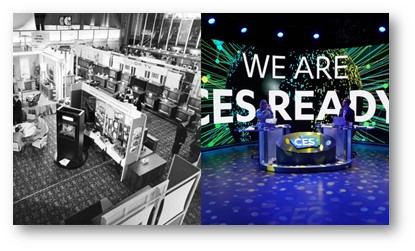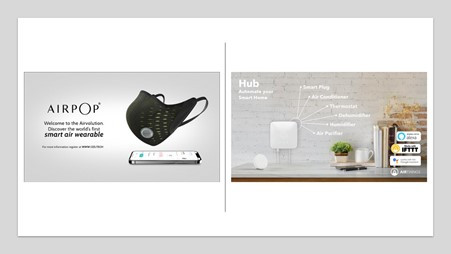
Dark Mode: a bright future beckons
We’d all got used to screens with a white background. And then along came Dark Mode, giving us black screens and fresh, new habits. This trend, which has emerged over the last few years, shows no sign of stopping.
t’s available on many of the best-known apps: Instagram, Facebook Messenger, Google and its services (Gmail, Maps), Apple, Twitter, YouTube, Slack, and Wikipedia…. and WhatsApp even just unveiled its dark mode on 22 January 2020.
But where did Dark Mode come from?
Dark Mode isn’t just a fashionable fad but rather a user-friendly fix. All across the world, the first thing many users - particularly young people - do?when they wake up is check their smartphone. It’s the same in the evening; they’re all glued to their smartphones just before they hit the hay. Some even wake up in the middle of the night and mindlessly check their digital dummy. This is where Dark Mode comes in, easing their tired eyes with lower screen brightness and less blue light, reducing their battery use, and limiting some of the negative impacts of screen use. User behaviour drives us digital service providers to make our apps more user-friendly, plus provide optimised messaging. It’s a no-brainer: Dark Mode is the answer. And designers LOVE black: it’s “classy” and “ergonomically effective”! On a black background, colours are easier to make out, brighter and more attractive.


So does every app have to include Dark Mode?
Yes, I think we all need to gear our products to our users. We need to take a look at how and when our current and prospective customers use our services. For instance, are they active in the evening or very early in the morning? Do they check their tablet, laptop or smartphone at these times of day? If so, we should switch to Dark Mode on these devices.

Dark Mode has also popped up in our inboxes on iOS and Android, Gmail, and Outlook, with each of these messaging services getting it more or less “light” (sorry, couldn't resist!), because each system has its own technical rules. This is where digital service providers come in. Nothing must be left to chance: it takes more than just the click of a button to switch our inboxes over to dark mode. Making e-mail as effective on a black background as a white one tests our ability to create and optimise displays. E-mail on a black background must be as appealing and attractive as possible. We need to design “Dark Mode” and “Light Mode” to provide an optimised browsing experience in both modes!
This means getting creative, and optimising lights and darks to get just one message across clearly and effectively. The key rules? Review your methods. Be careful when mixing colours with the background. Play around with PNG images on transparent backgrounds (to make logos or calls to action stand out, etc.). Also watch out for coloured lettering: you might want to add a default white border and, most important of all, test out any new features. These are the technical rules that determine your artistic direction but every e-mail requires individual analysis. In conclusion, Dark Mode isn’t just a passing trend but rather a fresh fixture in our lives that’s here to improve our browsing experience. I guess Dark Mode’s mainly good for apps, tools and interactive services.